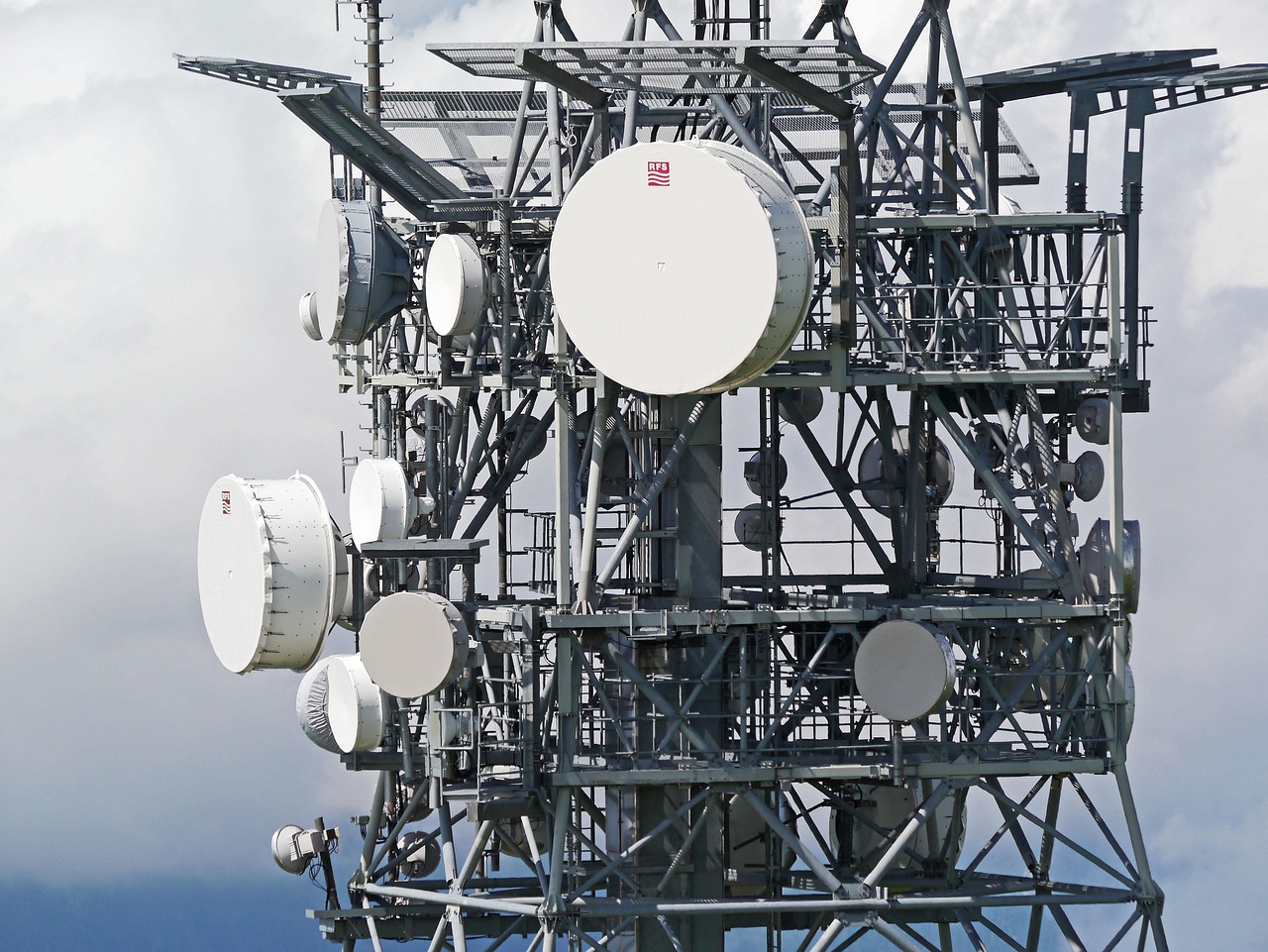Telecom Resilience: Building Disaster-Proof Networks
In an era of increasing natural disasters and global uncertainties, the resilience of our telecommunications infrastructure has never been more critical. This article delves into the cutting-edge strategies and technologies being employed to create disaster-proof networks, ensuring connectivity when it matters most.

Recognizing this vulnerability, telecom companies and governments worldwide are investing heavily in network resilience. This involves not only hardening physical infrastructure but also implementing sophisticated software solutions and redundancy measures to ensure continuous connectivity even in the face of catastrophic events.
Adaptive Network Architecture
One of the key strategies in building disaster-proof networks is the implementation of adaptive network architecture. This approach involves creating flexible, self-healing networks that can automatically reroute traffic and adjust to changing conditions in real-time.
Software-defined networking (SDN) plays a crucial role in this adaptive architecture. By decoupling the network control and forwarding functions, SDN allows for more dynamic and efficient network management. In the event of a disaster, SDN-enabled networks can quickly reconfigure themselves, prioritizing critical communications and ensuring that essential services remain operational.
Additionally, network function virtualization (NFV) is being increasingly adopted to enhance resilience. NFV allows network functions to be virtualized and distributed across multiple locations, reducing the risk of a single point of failure and enabling rapid recovery in case of localized disruptions.
Hardening Physical Infrastructure
While software solutions are crucial, the physical infrastructure of telecom networks must also be fortified against potential disasters. This involves a multi-faceted approach to protect against various threats, from extreme weather events to seismic activity.
One key aspect is the reinforcement of cell towers and data centers. Modern designs incorporate advanced materials and engineering techniques to withstand high winds, flooding, and earthquakes. For instance, some cell towers are now built with a lattice structure that can withstand wind speeds of up to 200 mph, while data centers are being constructed with seismic isolation systems that can absorb the energy of earthquakes.
Power resilience is another critical factor. Many telecom facilities are now equipped with advanced backup power systems, including long-duration batteries and fuel cells, to ensure continuous operation during extended power outages. Some companies are even experimenting with renewable energy sources like solar and wind power to create self-sustaining network nodes.
Redundancy and Diversity in Network Design
Redundancy is a fundamental principle in creating disaster-proof networks. This involves building multiple paths and systems to ensure that if one component fails, others can take over seamlessly. Network diversity goes hand-in-hand with redundancy, involving the use of different technologies and physical routes to minimize the risk of widespread outages.
One example of this approach is the use of both terrestrial and non-terrestrial network components. While fiber optic cables and cell towers form the backbone of most networks, satellite communications are increasingly being integrated as a backup option. These hybrid networks can maintain connectivity even if ground-based infrastructure is severely damaged.
Geographic diversity is also crucial. By distributing network nodes and data centers across different regions, telecom companies can ensure that localized disasters don’t cripple entire networks. This approach also involves creating redundant network operations centers in different geographic locations to maintain network control and management capabilities under all circumstances.
Advanced Monitoring and Predictive Maintenance
Preventing network failures before they occur is a key aspect of network resilience. Advanced monitoring systems, powered by artificial intelligence and machine learning, are being deployed to analyze network performance in real-time and predict potential issues before they escalate into major problems.
These systems can detect subtle changes in network behavior that might indicate impending failures or security breaches. By alerting network operators to potential issues early, these predictive maintenance systems allow for proactive interventions that can prevent outages and minimize downtime.
Moreover, these monitoring systems play a crucial role during and after disasters. They provide real-time information about network status, helping operators prioritize repair efforts and allocate resources effectively to restore services as quickly as possible.
The Future of Resilient Telecommunications
As our reliance on digital connectivity continues to grow, the importance of disaster-proof networks cannot be overstated. The strategies and technologies discussed here represent the cutting edge of telecom resilience, but the field is constantly evolving.
Looking ahead, we can expect to see even more advanced solutions emerge. From self-repairing networks that use robotics to fix physical damage, to AI-driven systems that can autonomously manage network resources during crises, the future of telecom resilience is bright.
Ultimately, the goal is to create a telecommunications infrastructure that can withstand any challenge, ensuring that our increasingly connected world remains linked, no matter what disasters may come our way. As we continue to innovate and invest in this critical area, we move closer to a future where uninterrupted connectivity is not just an aspiration, but a reality.





